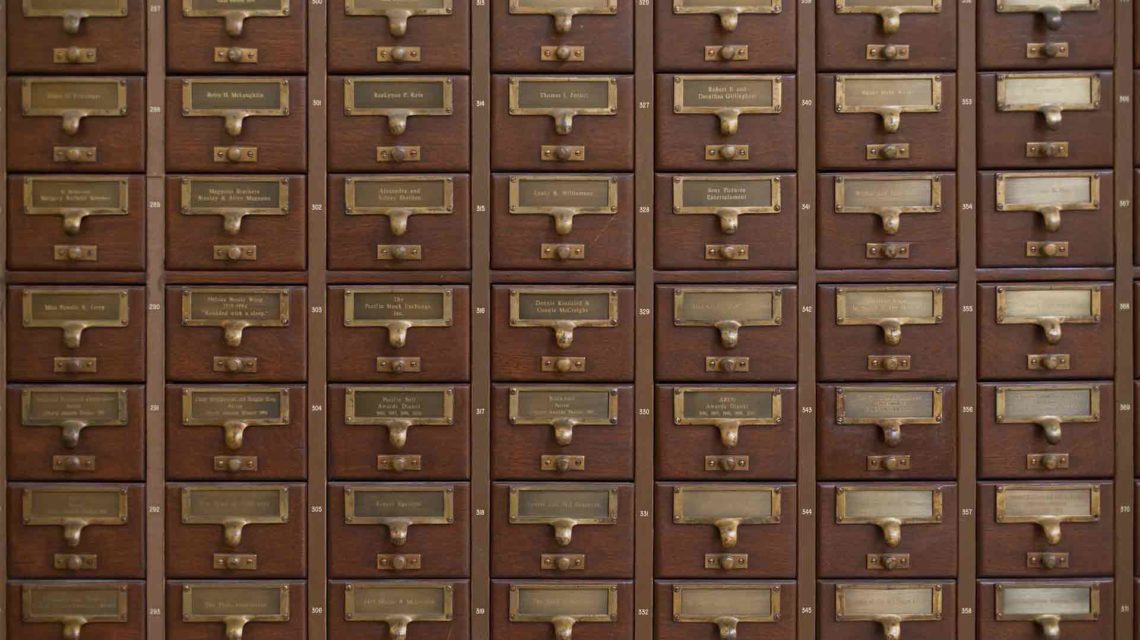For anyone looking to recycle their spare brass—whether you are a contractor cleaning up leftovers or a homeowner planning your next remodel—there are important factors to consider. Perhaps the foremost question in your mind should be “what is dirty brass?” Knowing the difference between “dirty” brass and regular brass can help you prioritize your scrapping so that you can know what to expect to receive from your leftover metal.
With that in mind, our experts at Gardner Metal Recycling have put together a brief guide on dirty brass so that you will know what it is, how much it’s worth and the best ways to go about scrapping it.
What Is Dirty Brass?
While brass holds a relatively good value for scrap metal, there is a significant price variance for it based on its composition. To understand that, though, you have to understand what brass actually is.
Brass is an alloy that is composed of copper and zinc. How much it’s worth depends on the percentage of copper the material contains—a higher percentage of copper translates to a higher scrap price. If you can’t test your brass to determine its makeup, that’s fine. Brass that displays a red-brown color—indicative of a higher copper percentage—is more valuable than yellow brass.
On a related note, if you are planning to take scrap in for recycling, it’s always a good idea to have a metal file on hand to scratch your scrap and see what color it displays under a strong white light. If it’s a dark red, you might not be dealing with brass at all.
That said, red and yellow brass alike are unadulterated alloys, meaning they will have a significantly higher value than brass that is mixed with or attached to other metals. Brass is most commonly found in plumbing, HVAC systems, and ammunition casing so long as they are separated and fully discharged.
How Do I Scrap Dirty Brass?
Dirty brass is still worth your time, but it is, on average, worth about half as much as unsullied brass. Of course, this will depend on your area and will fluctuate over time, but in September 2021 the average price of dirty brass scrap was about $0.60 per pound, while unadulterated brass hovered around $1.40.
All told, the price of dirty brass is still greater than many more common scrap metals, like aluminum, and it can add up quickly when counting heavier objects like pieces of piping. Even if your brass has other metals attached you should still set it aside for a trip to the scrapyard, but just be sure to keep it separate from other brass you may have. Scrapyards determine your value based on weight, and will always pay based on the lowest value metal in your container, so keeping brass and dirty brass separate ensures you will get the best value.
If you’re cleaning up a renovation or finishing up at a job site, don’t just stop at brass; check out which metals we buy and start sorting all your scrap for recycling.
Get Help from the Recycling Experts at Gardner Metal Recycling
At Gardner Metal Recycling we are happy to take all brass off your hands, whether it’s dirty or clean. Once you have sorted and cleaned your metals, bring them in for a fair price based on the most up-to-date scrap values. For any business looking to re-do the plumbing, brass scrap prices can be a great help in subsidizing your remodel costs. Need more information on how best to dispose of your scrap? Give our Austin team a call.
If bringing in your scrap is too tall an order—you may not have the time or the transportation readily available—we can arrange a pickup for your dirty brass. We want to make the process as convenient as possible so that scrapping can become a profitable habit for you and the environment.
To learn more about recycling scrap and get a price quote for your scrap metal recycling, contact us today.

